5 often overlooked videogame accessibility features | PC Gamer - lafondhernight
5 oft overlooked videogame accessibility features

The game accessibility features that perplex the almost attention are naturally the big ones, such American Samoa high contrast modes, subtitles, and Xbox Adaptive Controller support. Tucked away inside most games, all the same, are subtler features that are often acknowledged. Non everyone is aware that these simple options are in fact handiness features in the first place.
Accessibility Week
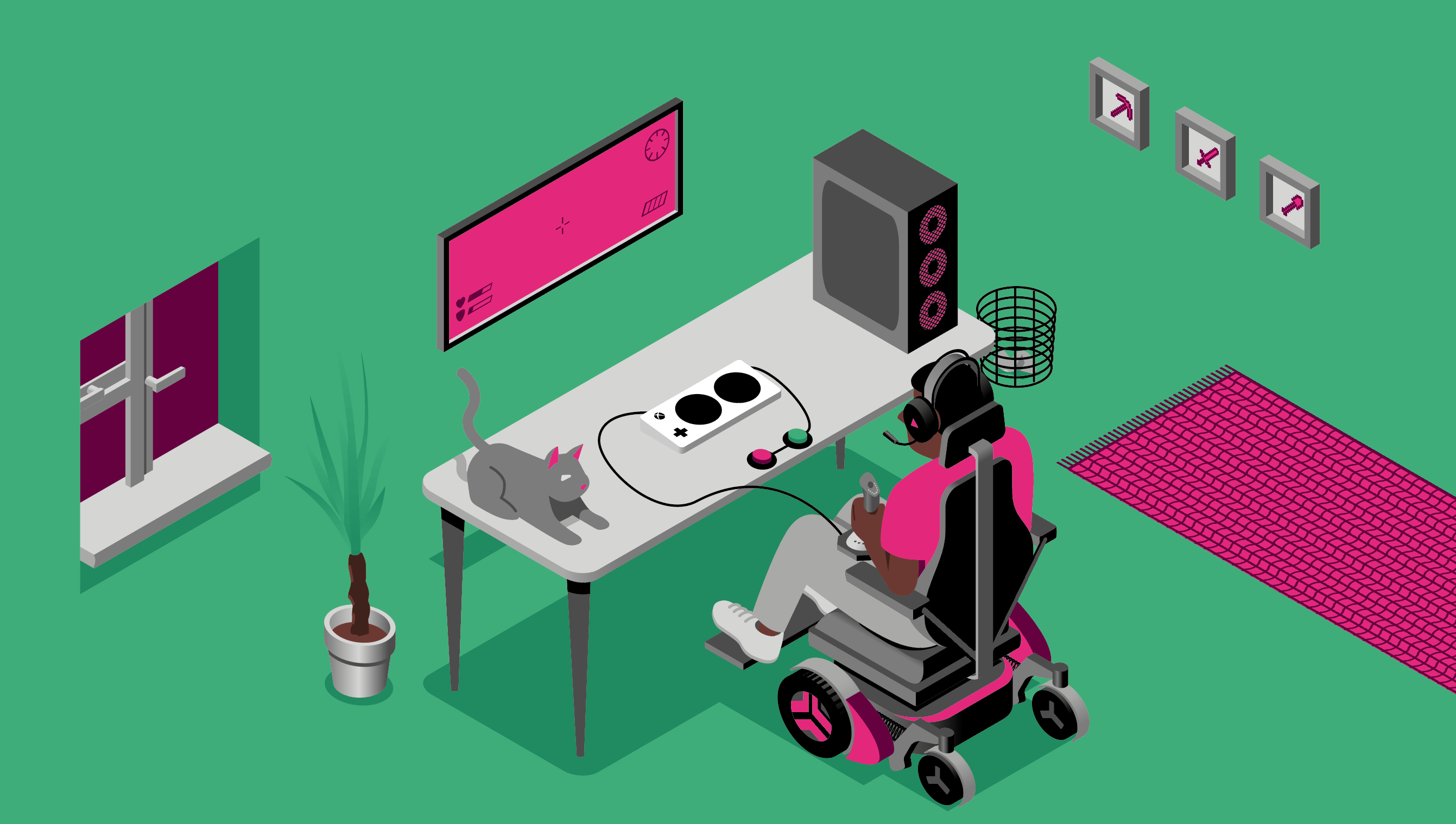
This feature is part of Microcomputer Gamer's Accessibility Week, pouring from August 16, where we'atomic number 75 exploring handy games, ironware, mods and more.
There are also many, numerous handiness problems that are overlooked, such As textbook size existence below intermediate, blind availability non existence attempted, and excess information and clutter causing cognitive surcharge. The five features we've highlighted here don't address all under-discussed issue in games, but they serve illustrate how seemingly minor settings potty shuffle a big difference.
Game studios generally are acquiring more than innovative with accessibility, but IT's not e'er the big, widely talked about features that make the biggest difference. Sometimes it's the simplest things that can change a game from unplayable to playable for someone with disabilities.
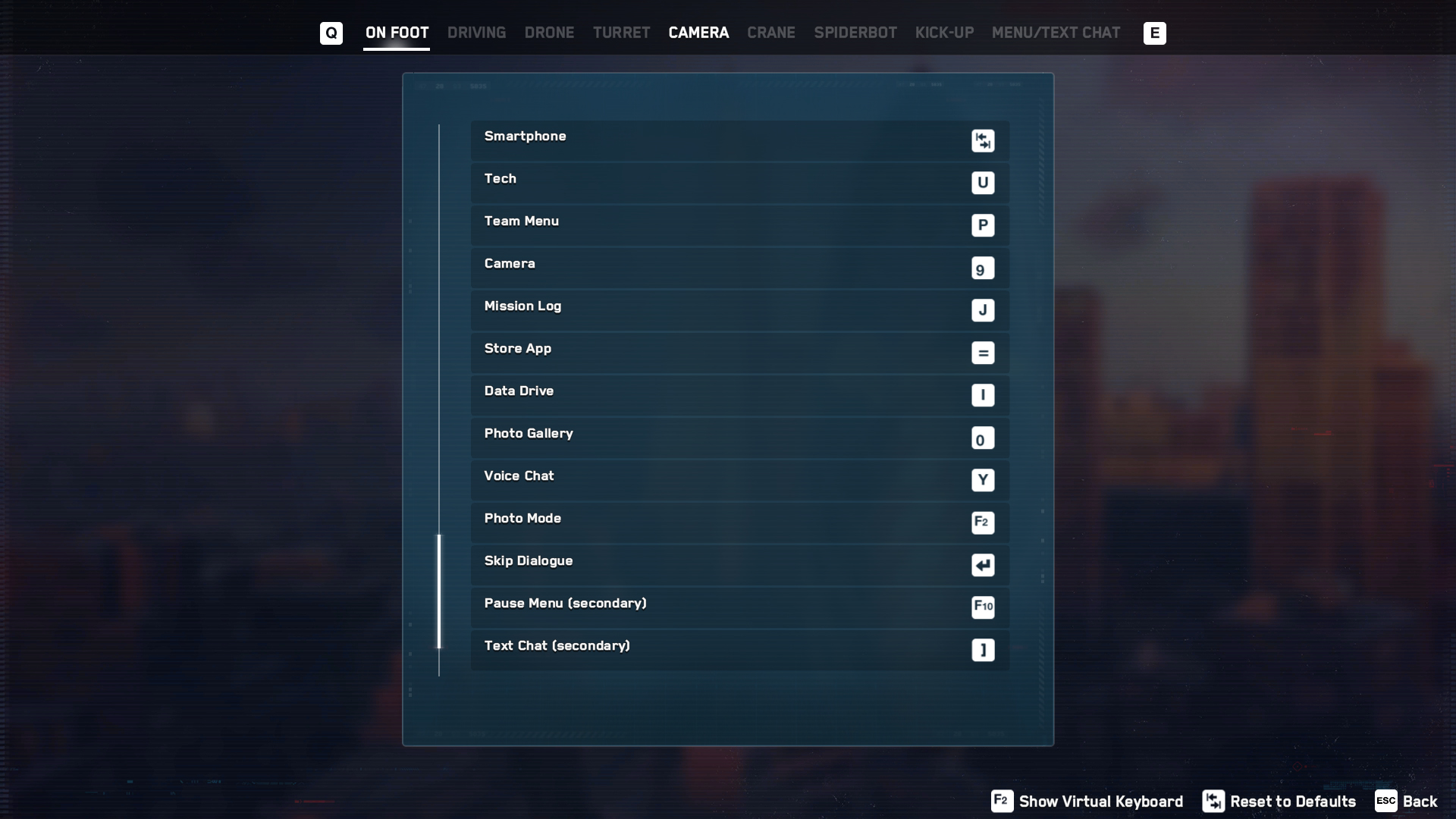
Manipulate remapping is useful for everyone. It's the screen you look for when you need to remember a disregarded input signal, Oregon a place to remap crouch from C to Ctrl. However, the absolute majority of the time remapping only applies to gameplay inputs, which can produce difficulties for players with mobility disabilities.
When a gage, such as Watch Dogs Legion or Microsoft Flight Simulator, offers slipway to remap everything, from the Esc key function to switching tabs in the stocktaking, disabled players don't take in to constantly switch between the inputs they're cosy with and the menu inputs they weren't able to change, which at the least can cause fatigue.
This take down of remapping isn't very common yet. Ideally, nobelium stimulant in a game should be hardcoded. Requiring a participant to specifically crush one button even just to start the game heavenward former the style screen is a big no.
Previews for ocular adjustments
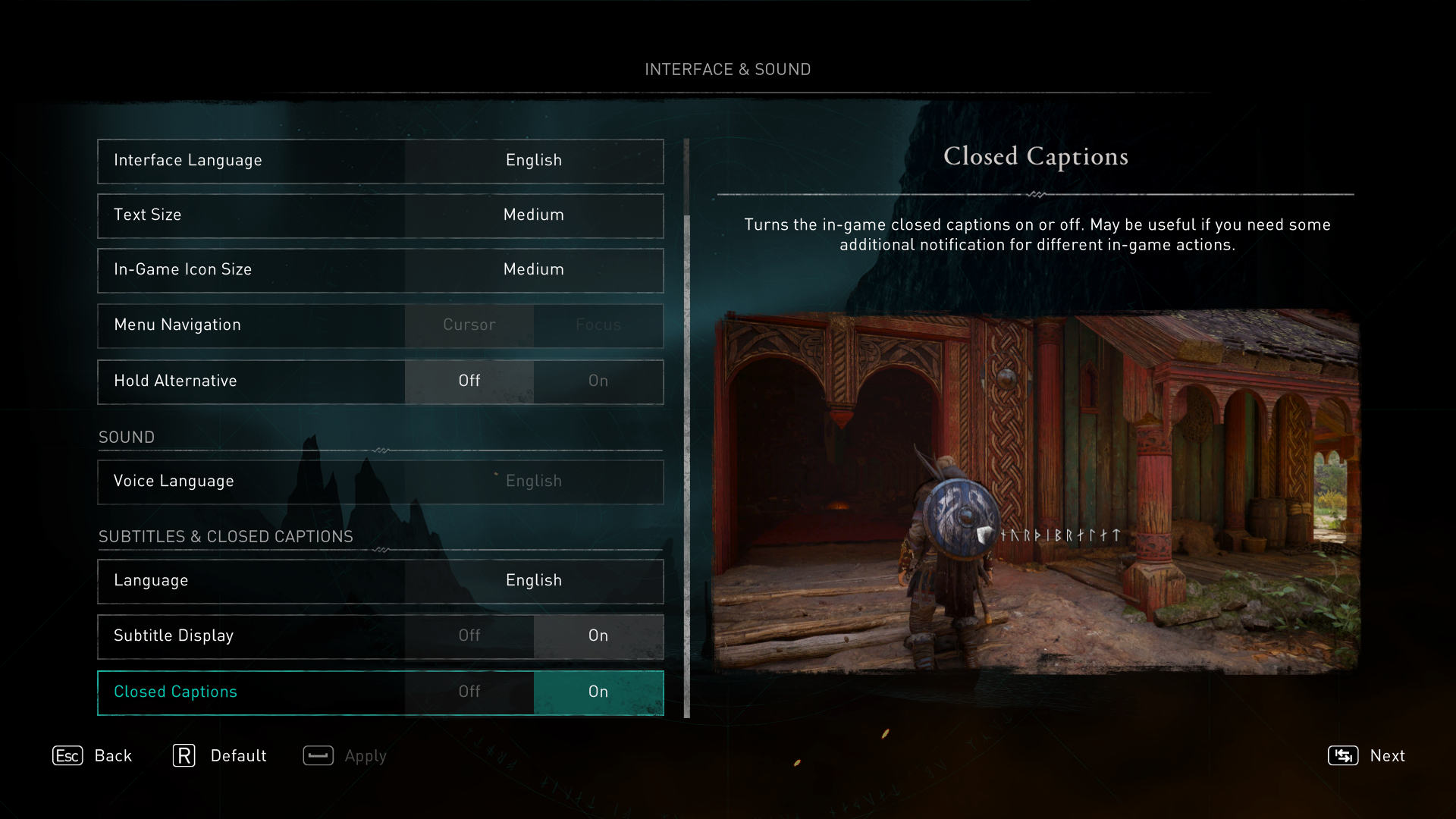
Information technology's always strange to see a variety of optic customization options in games. Perhaps you'd like to reduce the background opaqueness of subtitles Beaver State make the Housing and Urban Development elements a bit darker? Perchance you'd prefer bold text finished regular? Maybe you can set colours for different markers?
Having these options is great, but ordinarily there's atomic number 102 example shown in the settings, which means players hold to go back and forth between the menu and gamey to see the changes. It's a tiring process, specially when trying to customize elements that only seem in certain parts of the game. If the subtitles are illegible for someone, they may non have intercourse until they're already in the middle of a cutscene that's hard to return to.
Newer games Ratchet and Crash: Severance Apart and Assassin's Creed Valhalla include settings previews, As did Aliveness if Strange, so it's becoming more common.
Extremity saving
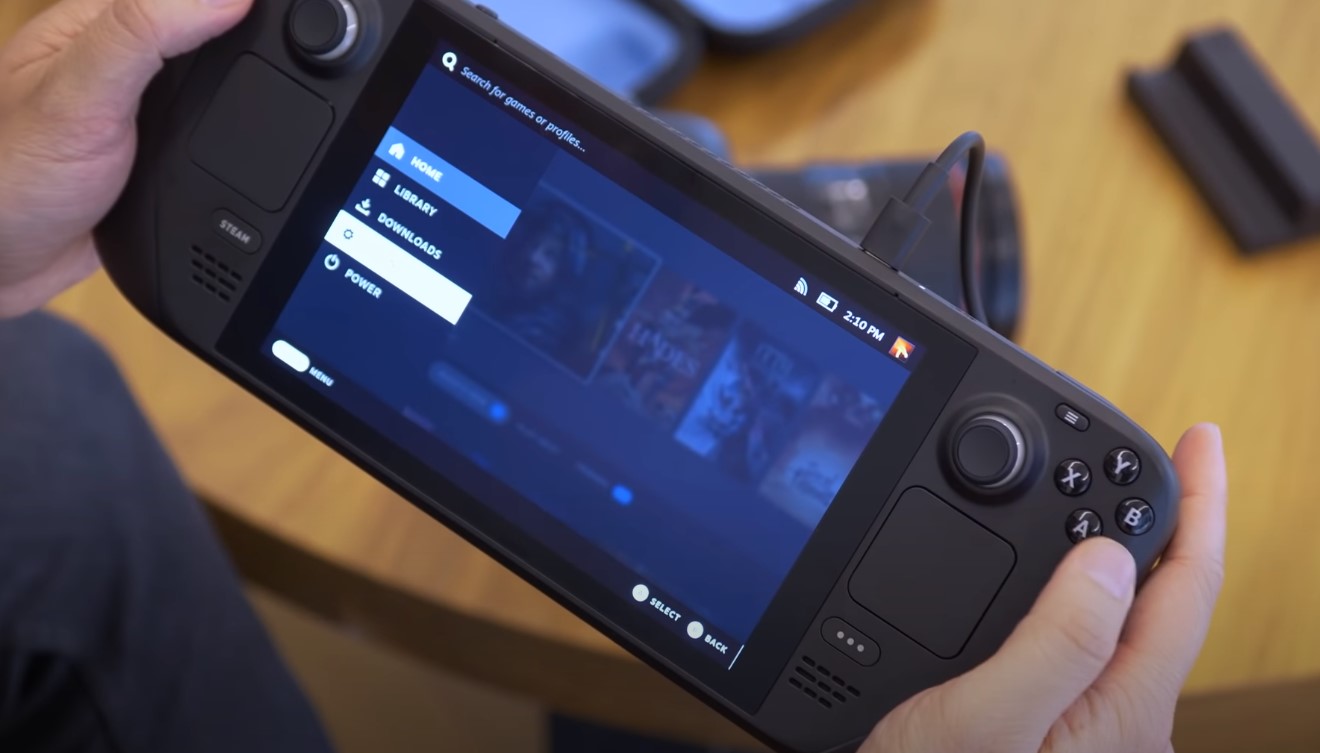
Some the author

Ben Bayliss has written about about accessibility for DualShockers, GamesRadar+, GamesIndustry.biz, Wireframe, and more, and is the editor in chief of caniplaythat.com.
There are many ways a halting can cover saving: regular autosave functions, checkpoints, Returnal situations where saves assume't be, then connected. When progress can and can't be preserved is part of the figure of a game, and changes how it feels. But a once-common feature film, the ability to keep open manually (in older PC games, you could often "quicksave" at any time), is e'er receive plane if information technology's an nonobligatory toggle, as it can make a game a set more comprehensible.
For some players, disabled or not, games can be tiring, and concerns in the physical world can cut off at any clock time. Games that might otherwise be enjoyable can suit unplayable when short sessions aren't an option, so the ability to call for things at one's personal pace is important, and manual redeeming doesn't make to replace whatever save system a gimpy includes—it can augment it. On consoles, the power to suspend a game and return to the same point subsequently is a good example. That's a feature film Valve is including in the Steam Deck, to a fault.
For those who need it, though, it's fifty-fifty advisable when a game offers the power to unfeignedly preserve at some time.
Ping and quick chat systems
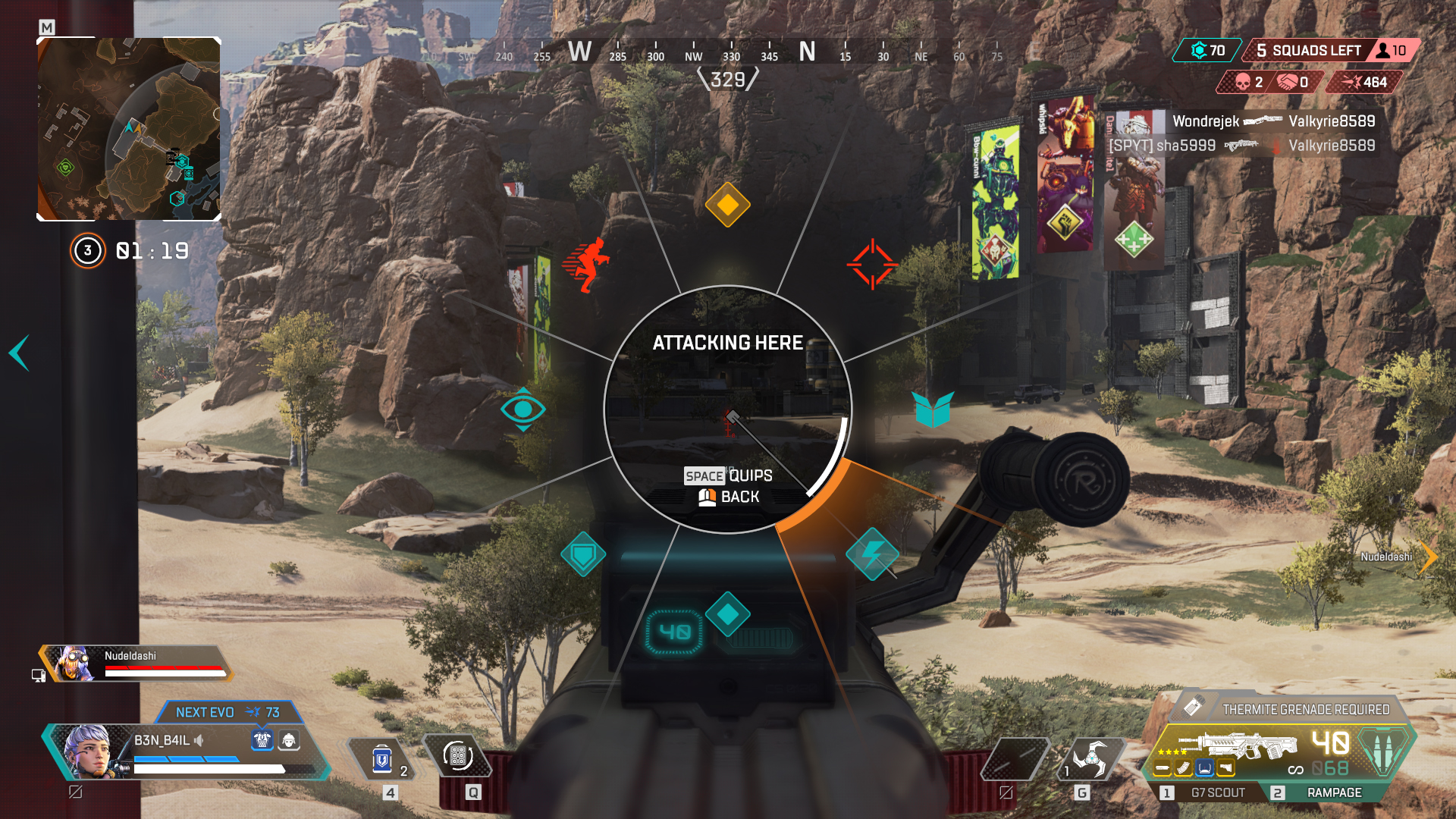
Ping systems have been around for a spell and are something that I peculiarly sexual love to see in games as a Deaf role player who usually avoids voice communications. It made playing Left 4 Dead to a lesser extent daunting, and Battlefield 2142 Sir Thomas More communicative.
Since then, games have worked wonders with ping and shoot the breeze systems, Apex Legends specifically going away above and beyond, having nearly every interactive item pingable with various lines of duologue. Sea of Thieves also has a wonderful chat wheel to issue commands or fun bits of chatter. While these are great for players who don't feel like talking OR don't own the equipment, they're also features that butt help d/Deaf or hard of quick-eared players be to a greater extent involved, and like Apex Legends, the more in-depth they are without beingness consuming, the better.
Colored inputs
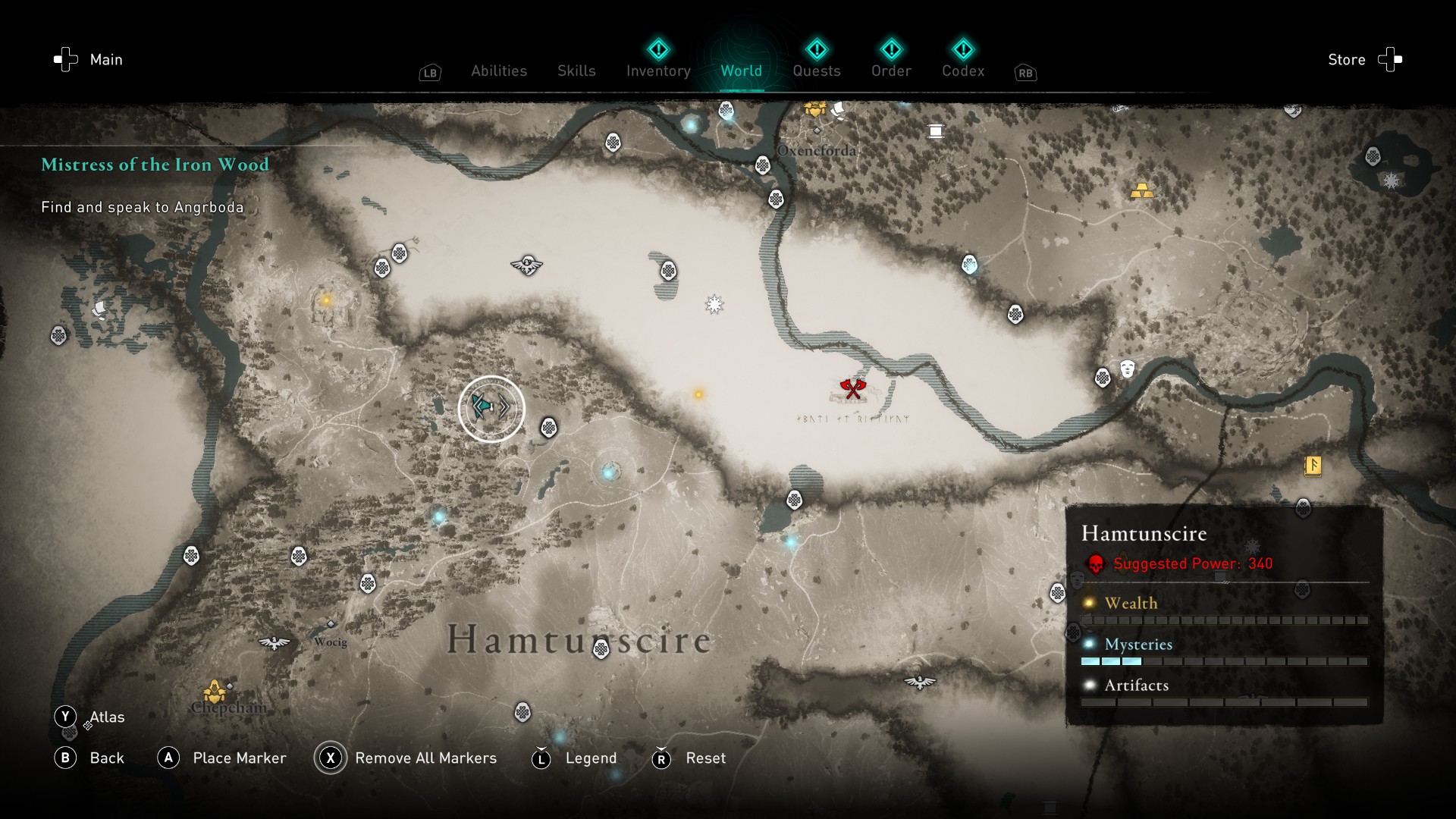
For days, the Xbox and PlayStation buttons have been related to with colors, and that's how many players know what to press when they see a colored push prompt. All the same, in a bid to be Thomas More sleek, minimalist, and modern, colors are organism downplayed these days. For instance, the Xbox gamepad did away with riddled-colored buttons and instead has colored letters—although the latest Design Science lab controllers have reintroduced fraught-colourise button options. Meantime, PlayStation's DualSense controller has shifted to black and white.
The effect of these shifts has also moved into game design. Assassin's Church doctrine Valhalla, Back 4 Blood, and Anthem are a couple of games which use artistic movement button prompts. However, colored prompts are massively useful for many players, including some for whom letters are more difficult to process.
Source: https://www.pcgamer.com/5-often-overlooked-videogame-accessibility-features/
Posted by: lafondhernight.blogspot.com


0 Response to "5 often overlooked videogame accessibility features | PC Gamer - lafondhernight"
Post a Comment